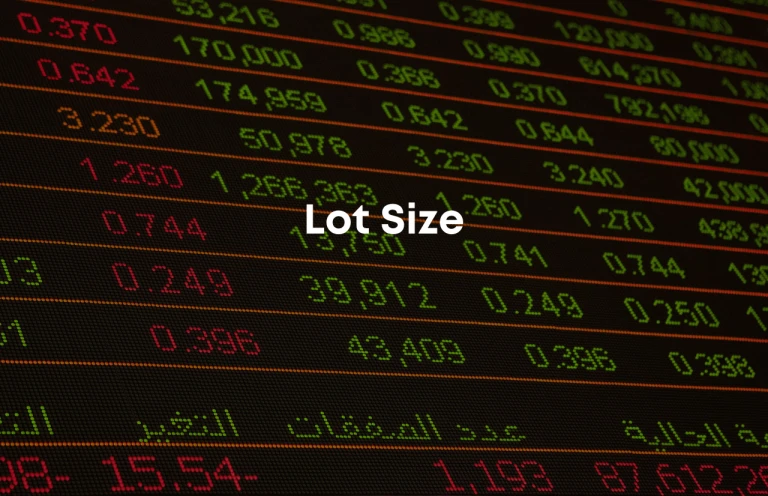What is Lot Size in Options Trading?

Are you new to options trading and feeling overwhelmed by the jargon? Don’t worry, you’re not alone! One term that may have left you scratching your head is “lot size”. What does it mean and how does it impact your trading decisions? In this blog post, we’ll break down the concept of lot size in options trading and help simplify this important aspect of the market. So sit back, relax, and get ready to expand your knowledge on lot sizes!
What is Lot Size?
In futures and options, lots are the smallest number of shares that are purchased or sold in accordance with the contract terms. The lot sizes for all stocks and indices that are allowed to trade on F&O exchanges have been established by SEBI, the top regulatory body. One can only trade options in multiples of 50 because the lot size for the Nifty 50 is 50 shares.
The lot size and trading price are multiplied together to determine the value of a Nifty 50 options contract. Consider purchasing 200-lot size options with a 7,500-rupee Nifty 50 contract value. Therefore, the contract’s total value is 200 times 7,500 rupees, or Rs. 15,00,000.
How are the lot sizes for options and futures determined?
SEBI decided the Lot values. The regulator initially set the notional lot value at Rs. 2 lakh when futures and options trading first began. The regulator then establishes lot sizes at an appropriate level that, when multiplied by the market price, would result in a notional value of greater than 2 lakh. This action was taken with the intention of keeping the notional value high enough to deter aggressive speculative trading by small retail investors and prevent massive losses.
In 2015, the lot value was revised to Rs. 5 lakh as the average income and purchasing power of the populace increased. The F&O list has been updated. Keeping the value at Rs. 7.5 lakh. Different companies’ lot sizes range from Rs. 5 to Rs. 10 lakh in value. When the lot value sharply departs from the predetermined range, SEBI typically modifies the lot sizes.

Also read: How to trade futures and options in India
Why Do Lot Sizes Change?
Every time there is a significant change in share value that causes a significant divergence with lot values, SEBI periodically adjusts the lot sizes. As an illustration, a business has shares in a lot size of 1000. The lot value is Rs. 2.25 lakhs because the F&O trading price is Rs. 225.
The trading price eventually rose to Rs. 620 over time. Now that the lot size has been fixed. The lot value is Rs. 6.20 lakh, a significant departure from the indicated lot value established by SEBI. In this situation, the regulator might reduce the lot size to 300. The lot value is now 3 lakh rupees, which more accurately reflects the lot value.
To maintain the lot value in the event of a stock price correction, SEBI increases the lot size. Futures and option lot sizes are adjusted. In response to changes in stock prices.
Also read: Is forex trading legal in India?
Purpose of lot size
The main justification for F&O trading in lot sizes is market standardisation. There are many ways to standardise. Having all futures and options contracts expire on the last Thursday of each month. Futures and options for all indices have a tenure of one month, two months, or three months. As a final standardisation technique, choosing and fixing the lot sizes of stocks in F&O trade is important.
The bottom line
One crucial aspect of F&O trading is the lot size. To curb excessive speculation and stop small retail traders from suffering significant losses, SEBI constantly monitors lot sizes and the indicative lot value.
Follow us on Instagram.









